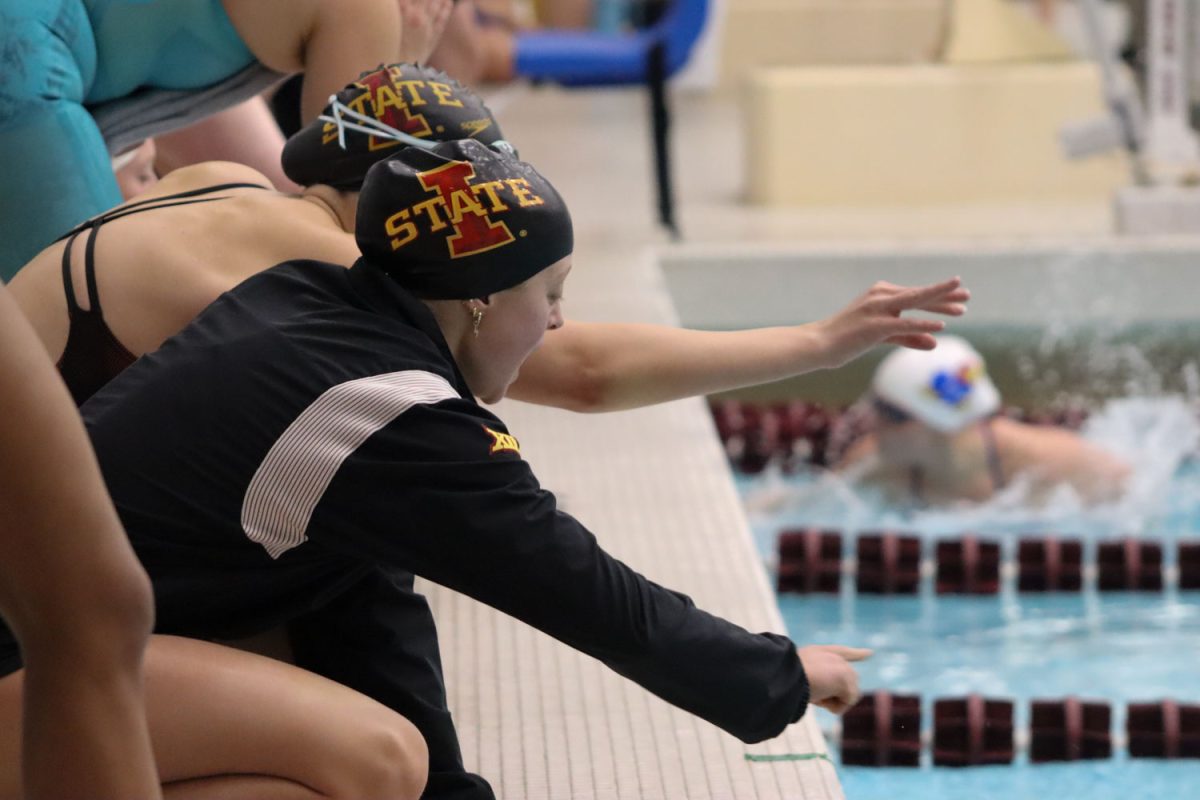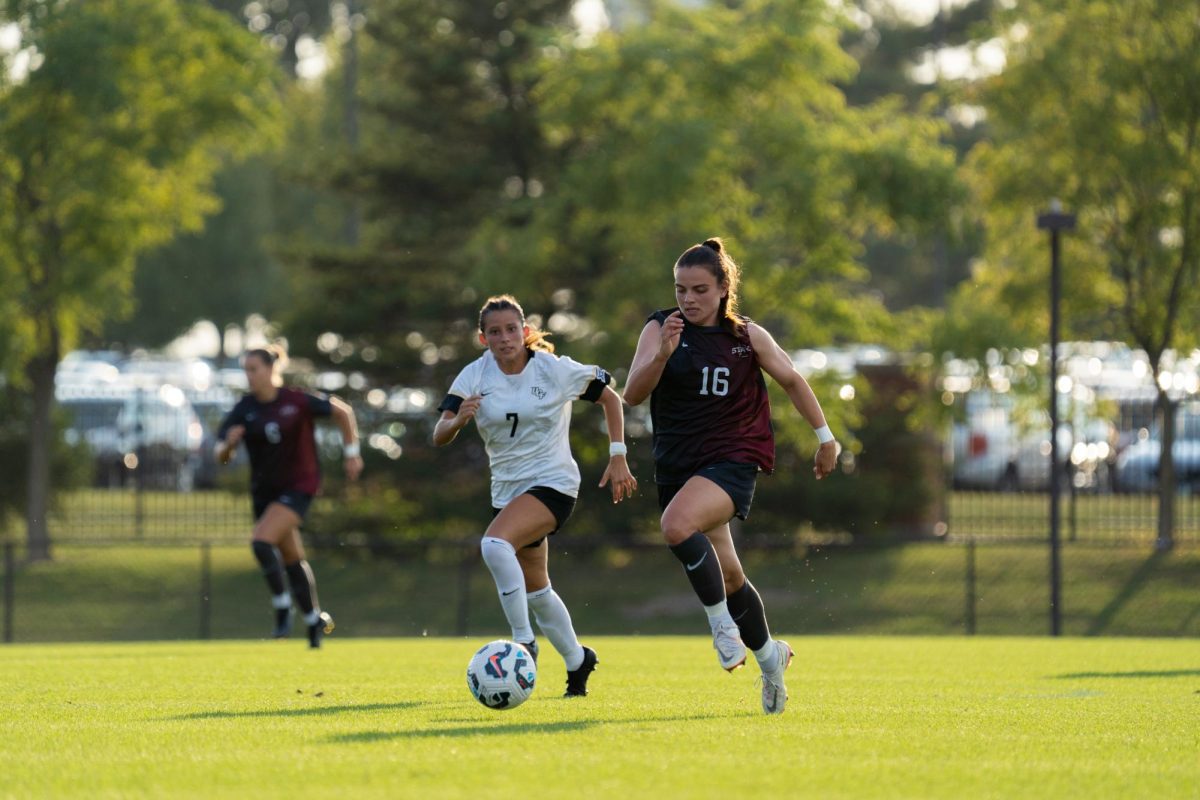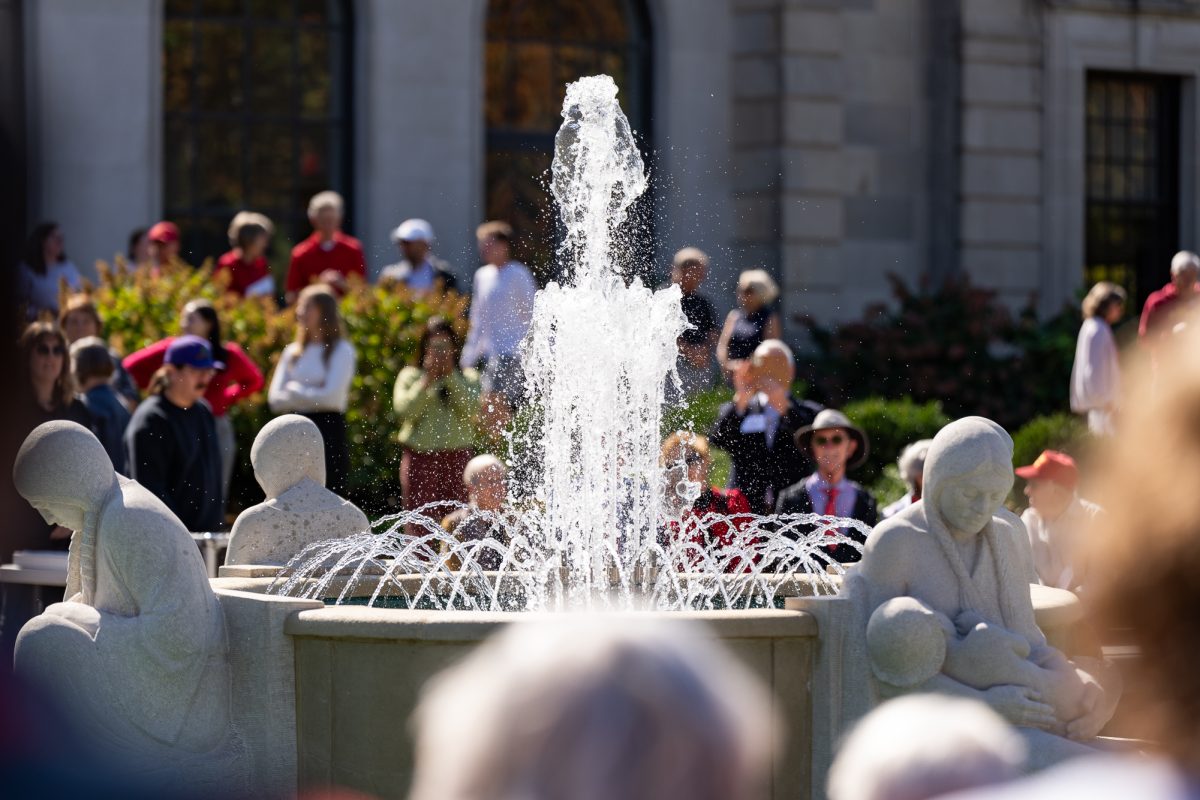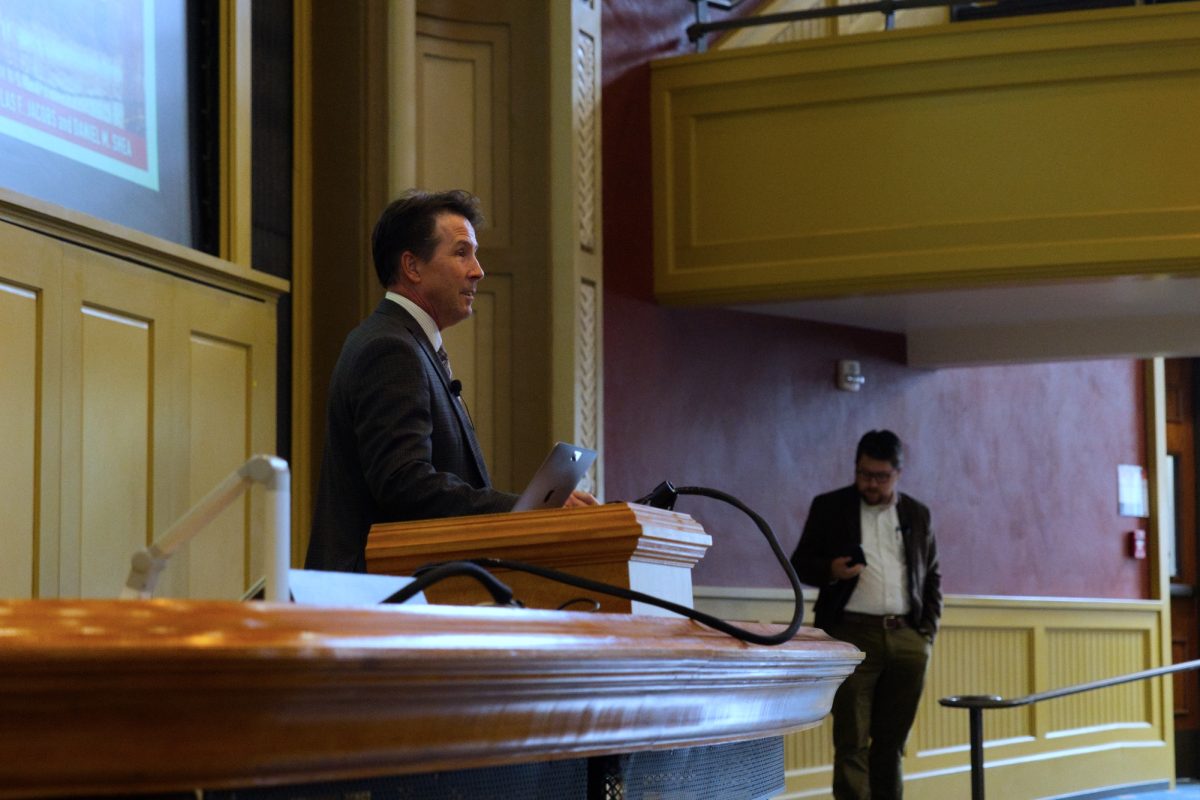ISU, other colleges fight alcohol abuse
August 30, 1999
Students at Iowa State may not drink as much as they think, according to a study released by the Student Health Center.
The Student Health Center surveyed students’ perception of alcohol use on campus during its study of 524 male and female undergraduates.
The students were 24 years old or younger and lived in residence halls, fraternities or sororities, university apartments or off-campus housing in the Ames or Des Moines area.
According to the study, ISU students drink an average of 3.8 alcoholic beverages when they “party.” However, students estimated that their peers average more than five alcoholic drinks during “partying.”
When asked how many drinks each person had when he or she parties, 69 percent of those who responded had four or fewer drinks.
“We want to change the perception of campus drinking here at ISU to more accurately portray what the truth is,” said Linda Ciccone, university coordinator for the Substance Abuse Program.
The study concluded that ISU students overestimate how much their peers drink. The survey showed that students thought half of their peers binge drink, which is considered having five or more drinks in a sitting during a two-week time span. Only 37 percent of students surveyed actually reported binge drinking.
“This is not a guideline; it’s not a maximum. It’s just addressing a perception,” said Elizabeth Knurek, health promotions supervisor for the Student Health Center.
Randy Mayer, evaluation and research coordinator at the Student Health Center, said the surveyors selected 600 ISU students at random for the study, which was conducted by telephone by the Statistical Laboratory during October and November of 1998. The survey had an 89 percent response rate.
The Student Health Center drew equal numbers of students from each living area and equal numbers of men and women to be able to compare the samples. Each person’s response was then weighted “so that they were representative of whatever group,” Mayer said.
Mayer said the margin of error varied for each question.
The survey was based on the “social norms theory,” which was developed by Michael P. Haines, coordinator for Health Enhancement Services at Northern Illinois University.
Haines began a program at NIU in 1989 based on this theory: People will act according to the way they perceive others around them acting. The program was geared to change the perception of what students considered to be the norm for drinking. Since then, NIU has seen dramatic changes.
“We’ve had a 47 percent reduction in alcohol-related injuries to self, a 55 percent reduction in alcohol-related fighting and a 76 percent reduction in alcohol-related injuries to others,” Haines said. “The results have been parallel at other institutions instigating similar programs, such as Western Washington University and the University of Arizona.”
Heavy drinking at NIU has seen a 44 percent reduction, Haines said.
According to the ISU study, drinking rates varied by places of residence. Those responding to the survey who resided in greek housing were more likely to participate in heavy drinking than those who resided off campus or in the residence halls.
Juniors were more likely than all other students to participate in heavy drinking. Males also had a higher percentage of heavy drinking than women.
The data also showed that while most students use alcohol responsibly, a minority of students are problematic users.
“It’s not that we don’t have alcohol-related problems on campus. We also don’t want the statistics to say that it is OK to drink 3.8 drinks,” Ciccone said. “It is still illegal to drink unless you are 21. The study only shows that the perception of how much students drink on our campus is wrong.”
Mayer and Brian Dunn, graduate assistant and health promotions coordinator, are now heading up a marketing program geared at changing ISU students’ perceptions of college drinking.
“The program is not abstinence-based,” Dunn said. “I think that makes it more palatable to the students. We want to change the environment and begin to get students to speak out about how heavy drinking affects them and their surroundings.”
Of the students surveyed, 86 percent felt negatively affected by drinking, and 57 percent felt that it interfered with their studying and sleeping habits.
Some students also reported that taking care of another drunk student affected their normal activities. “The drinking of some impacts all of us,” Ciccone said.
Other consequences of drinking offered in the survey were vomiting, passing out, getting hurt or injured and engaging in unplanned sexual activities.






